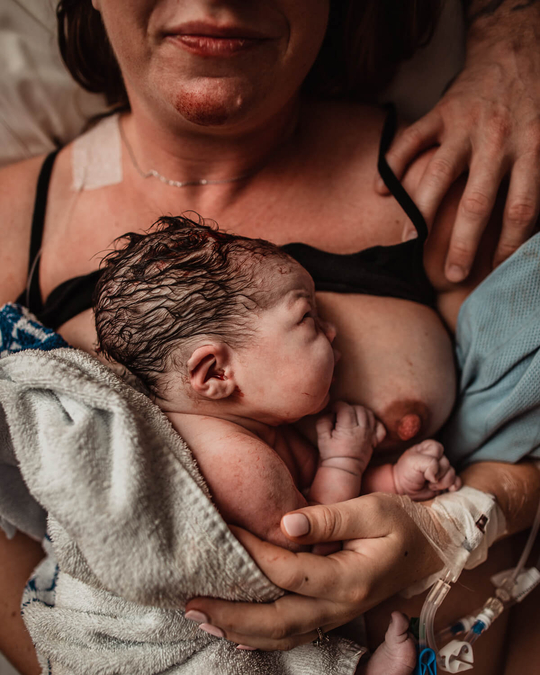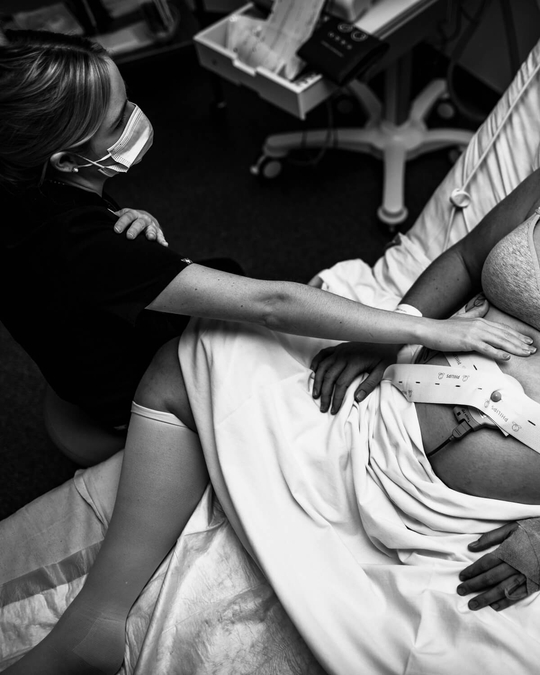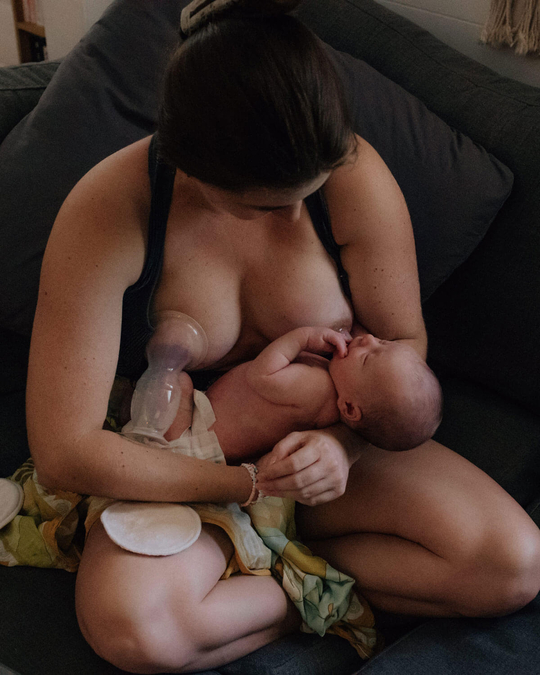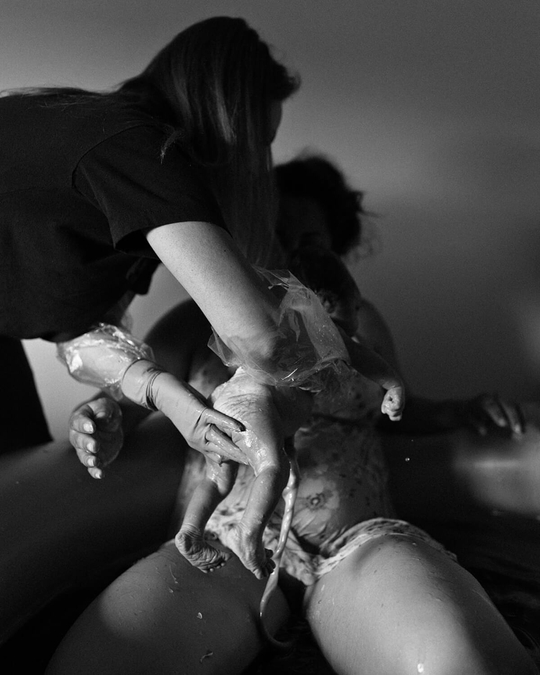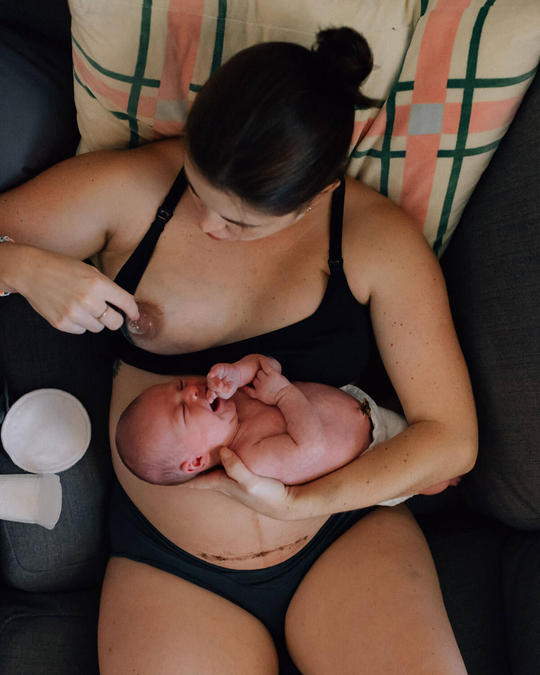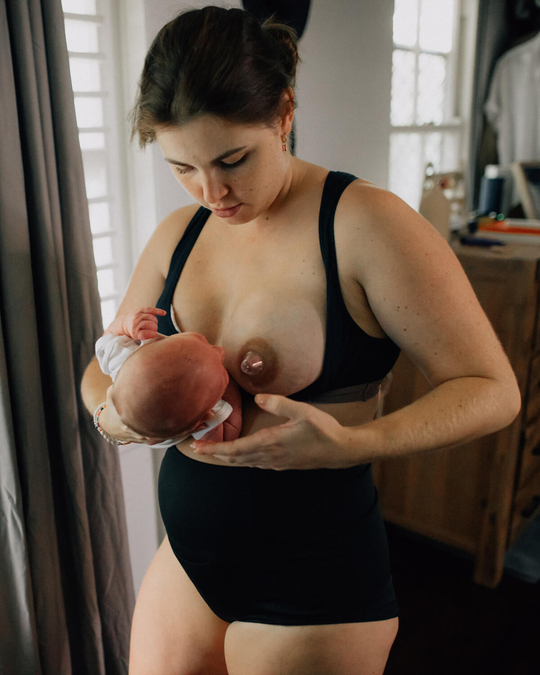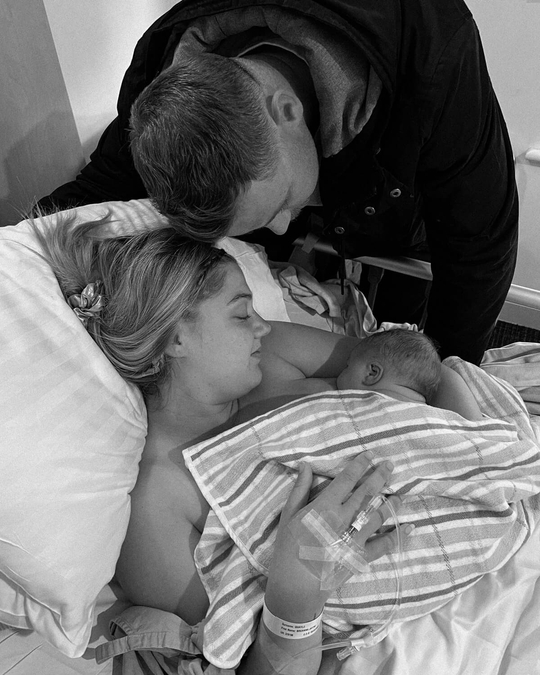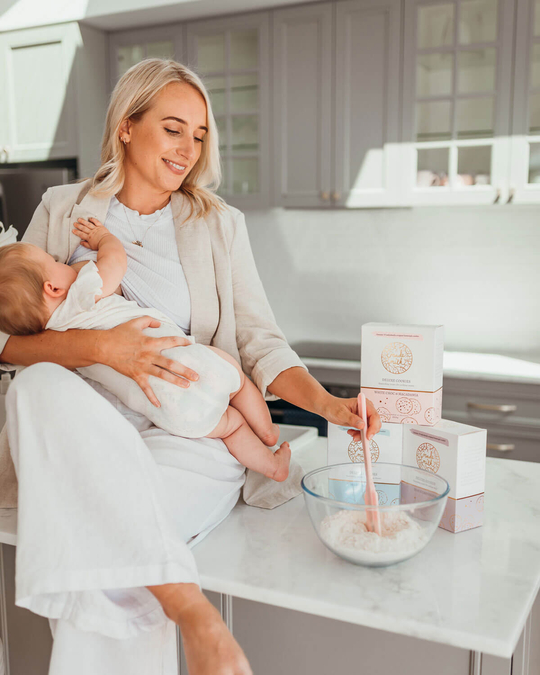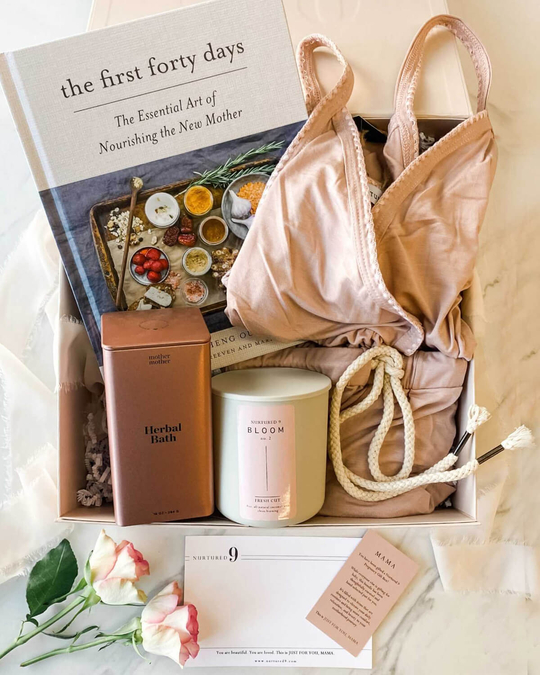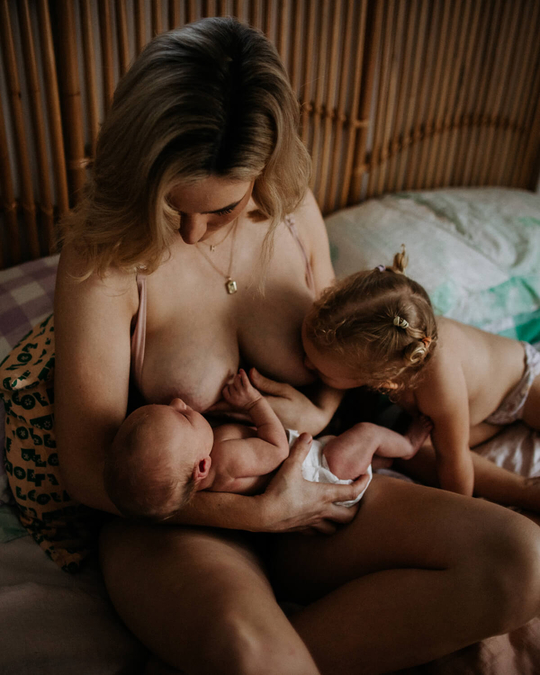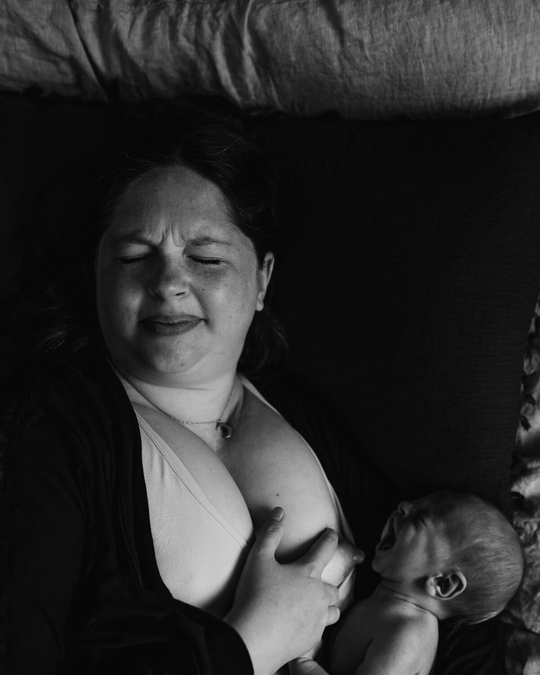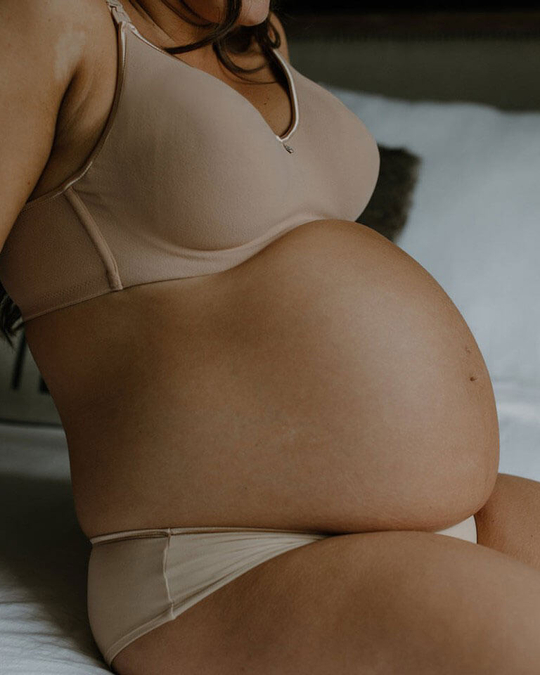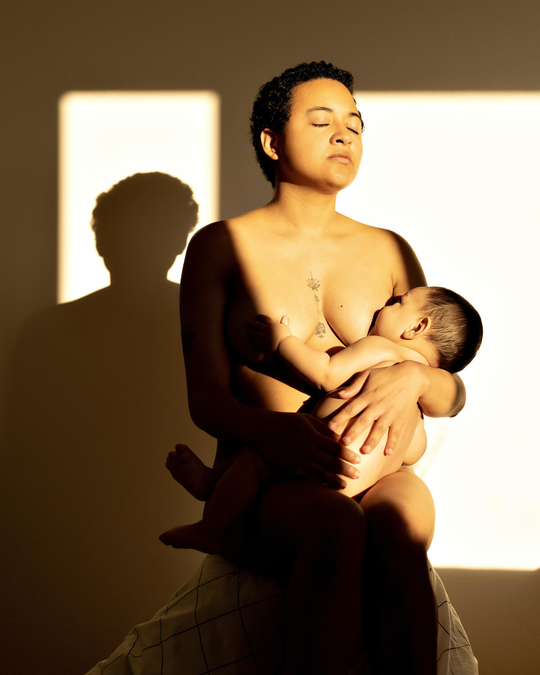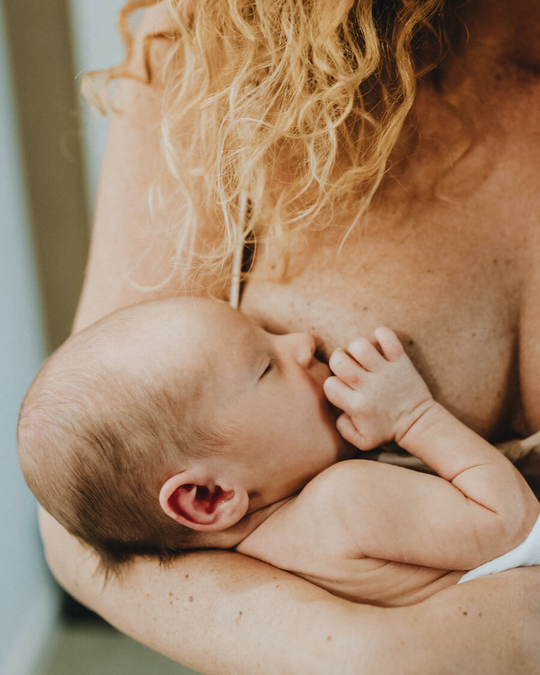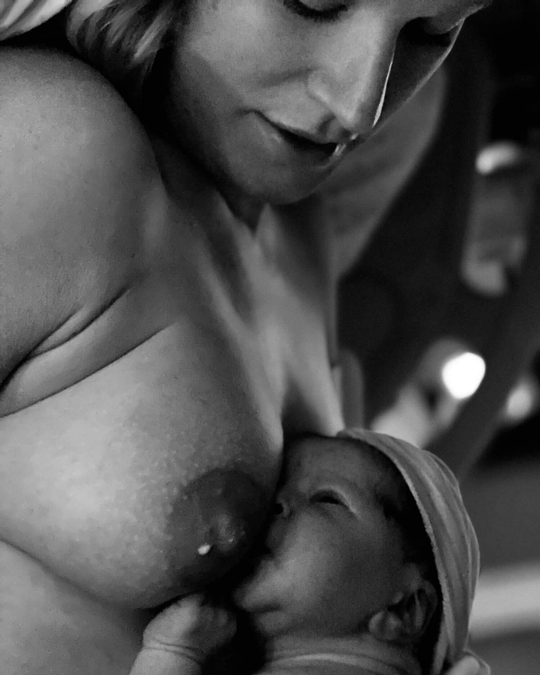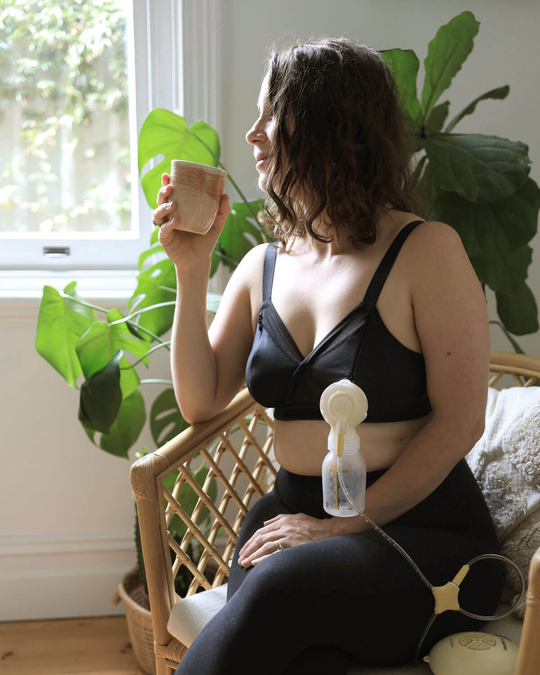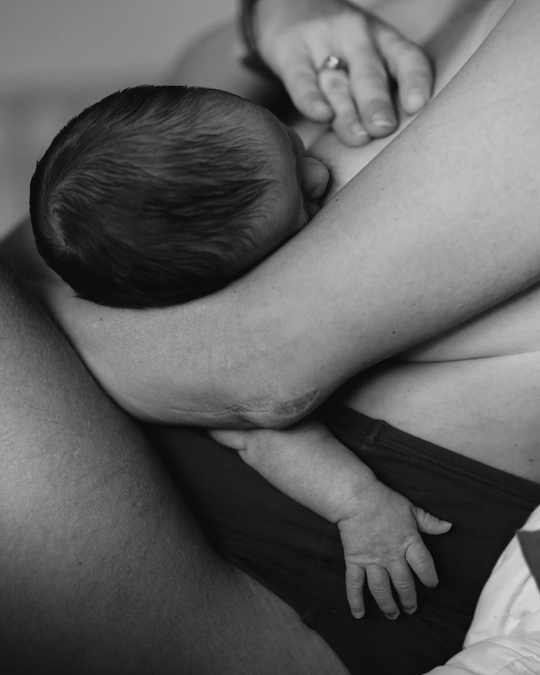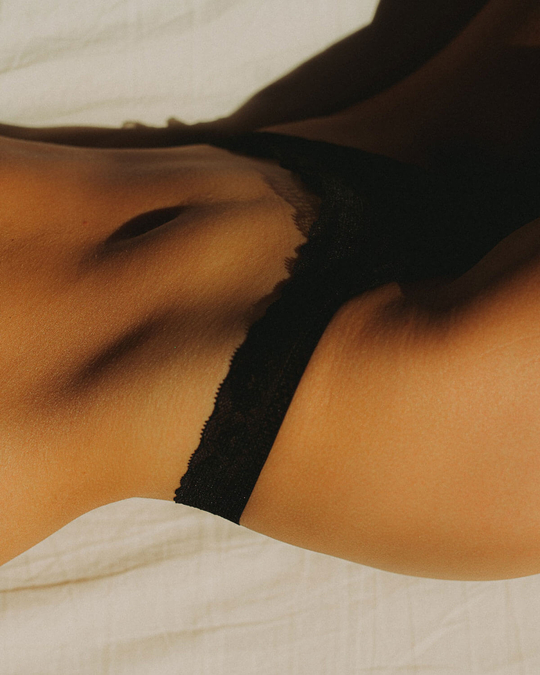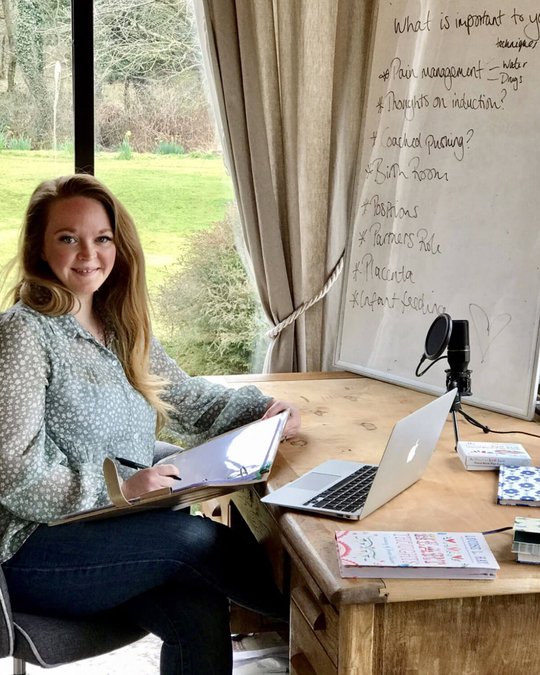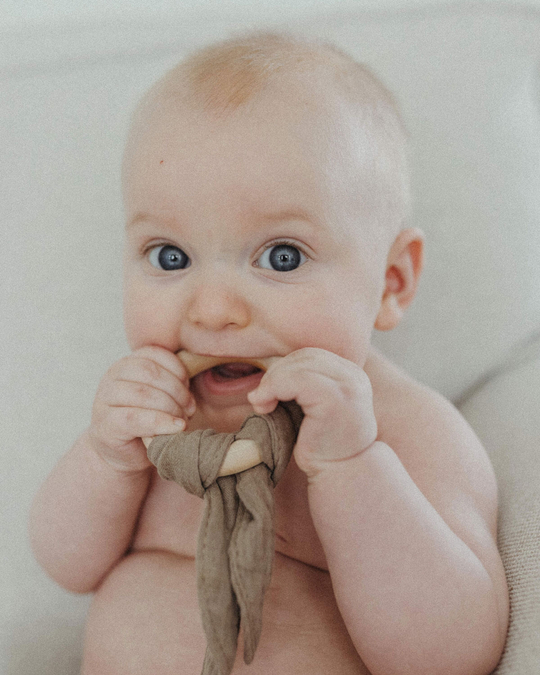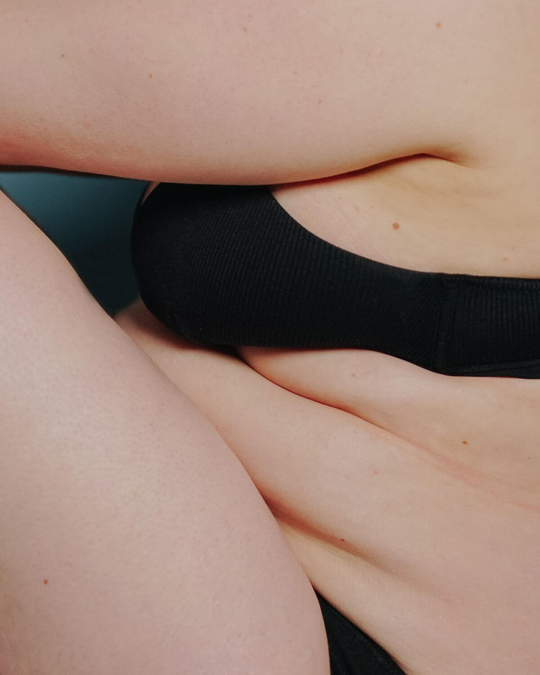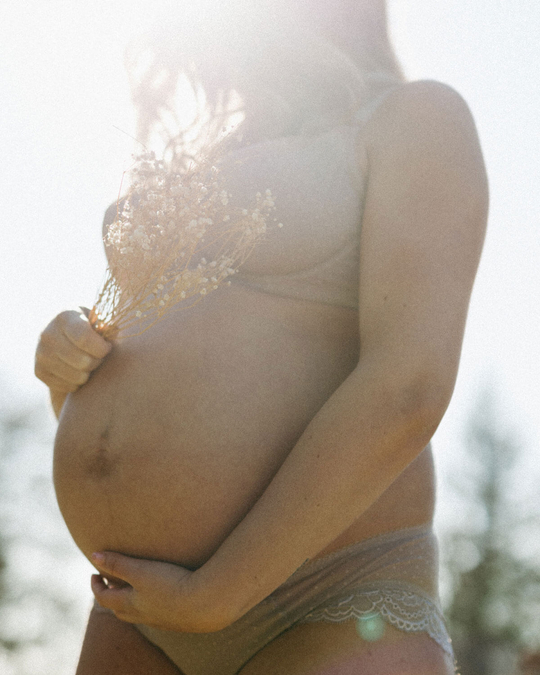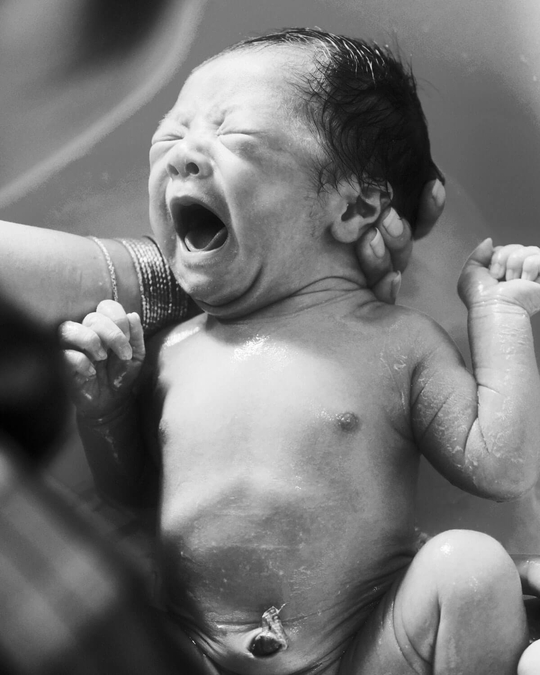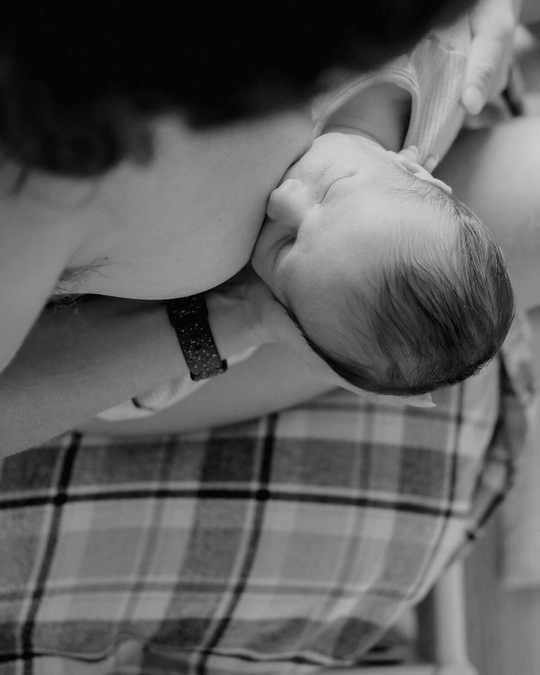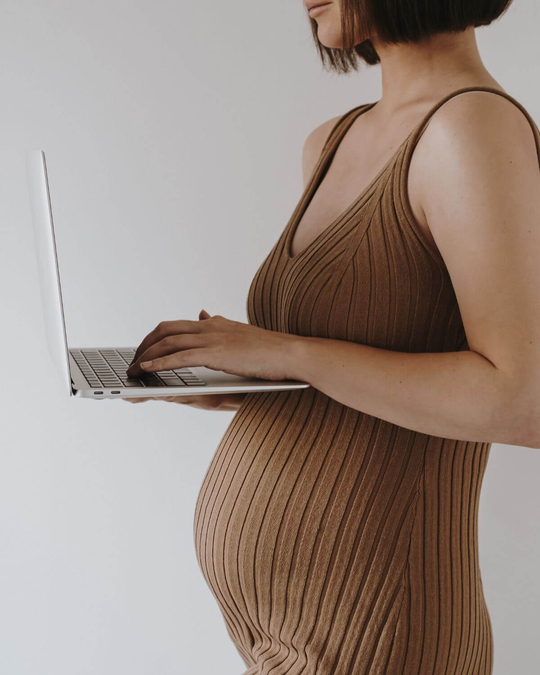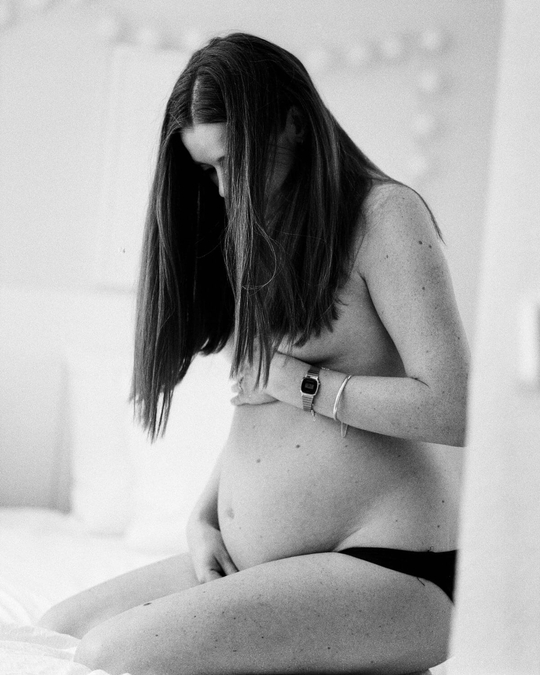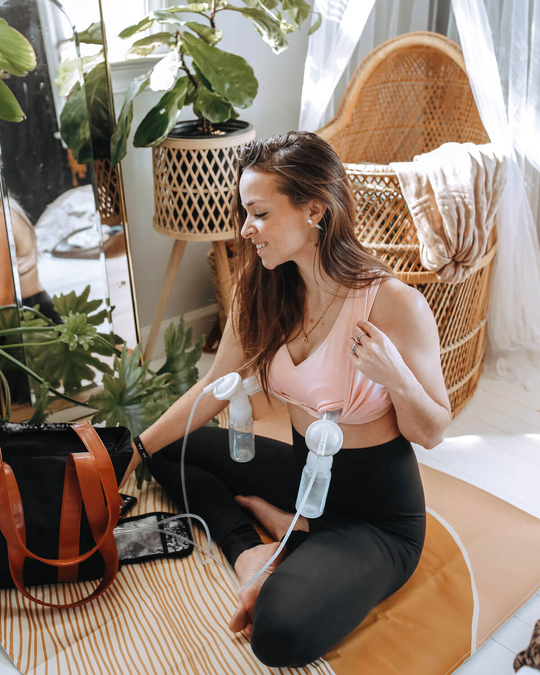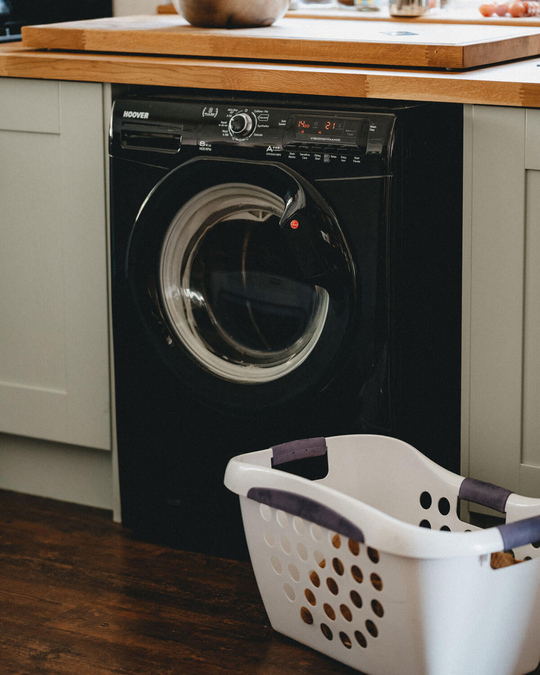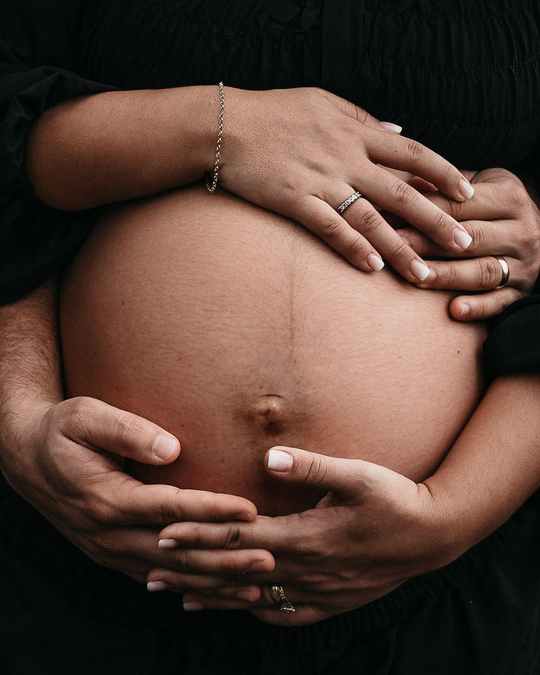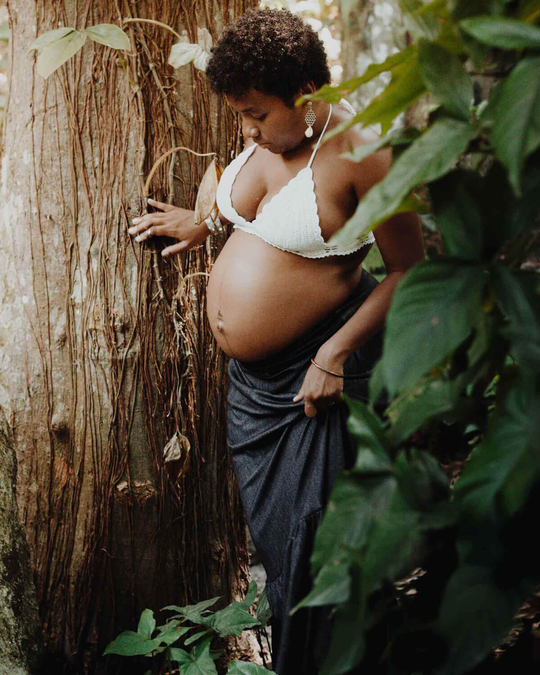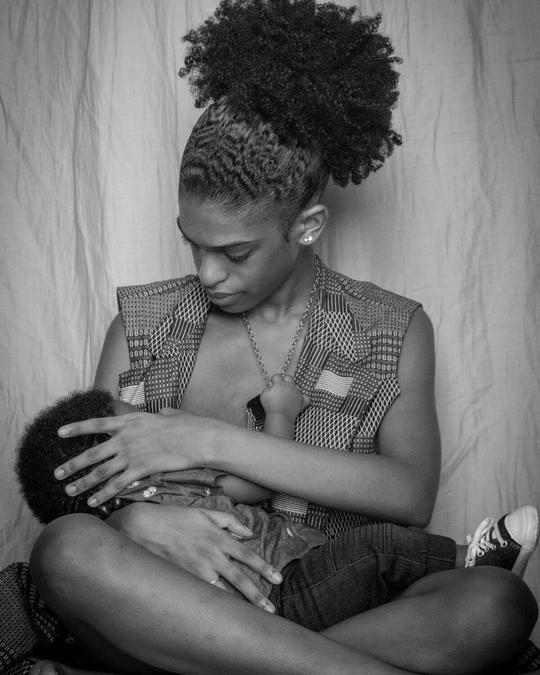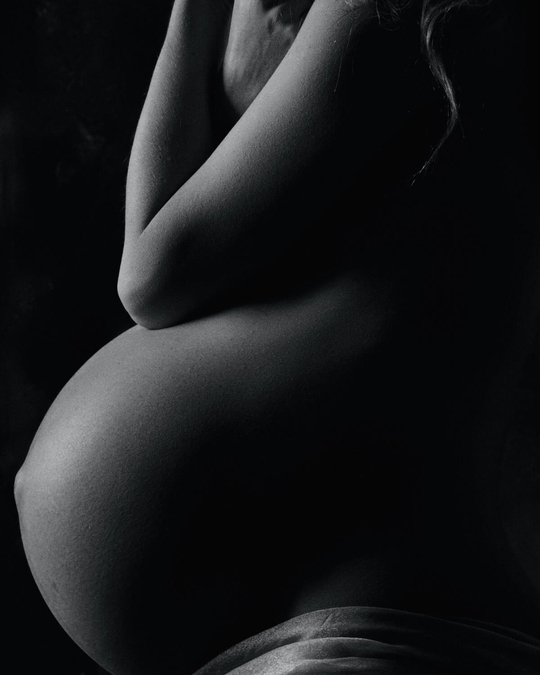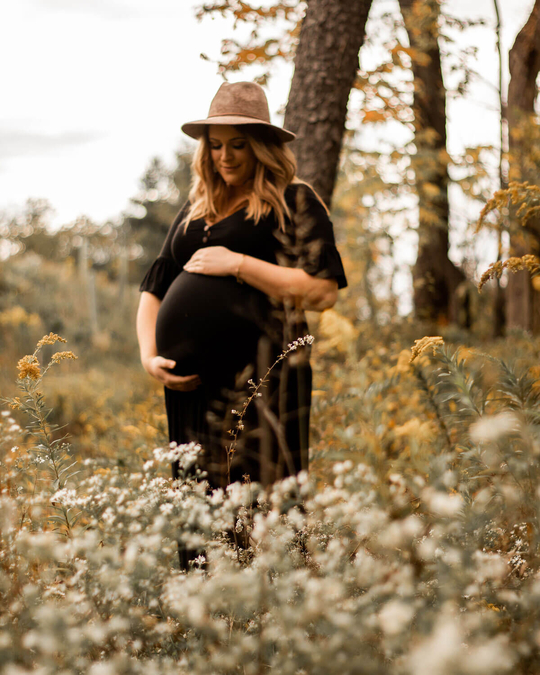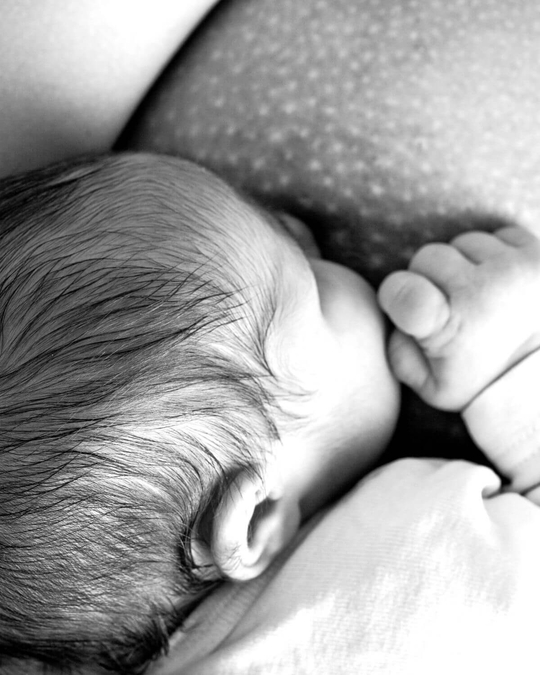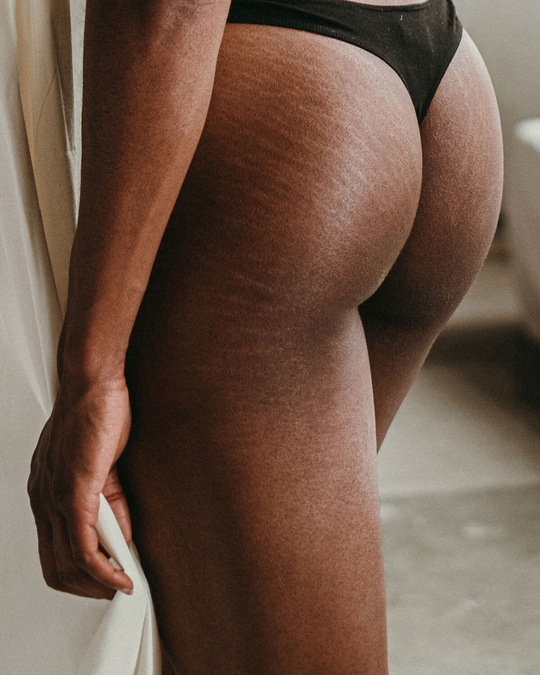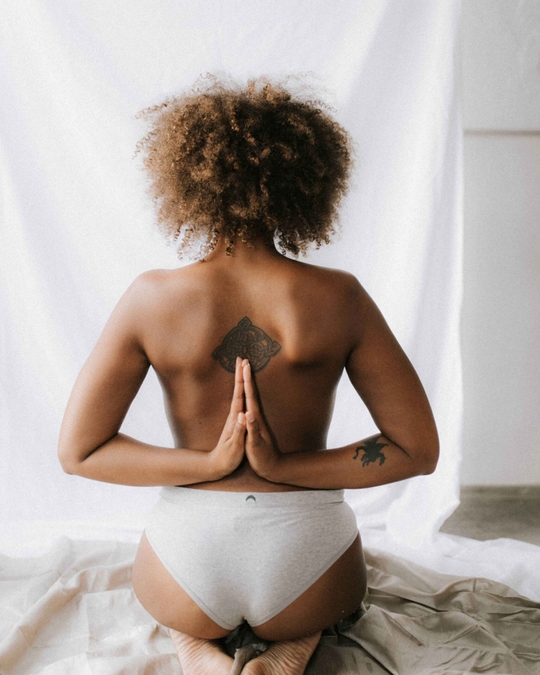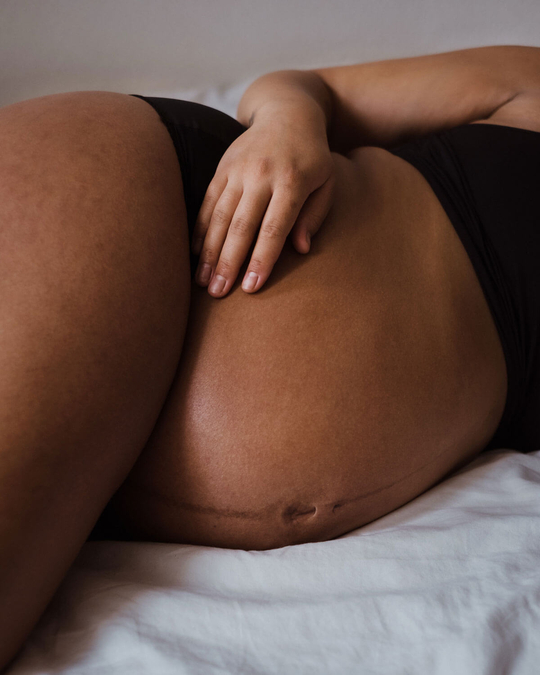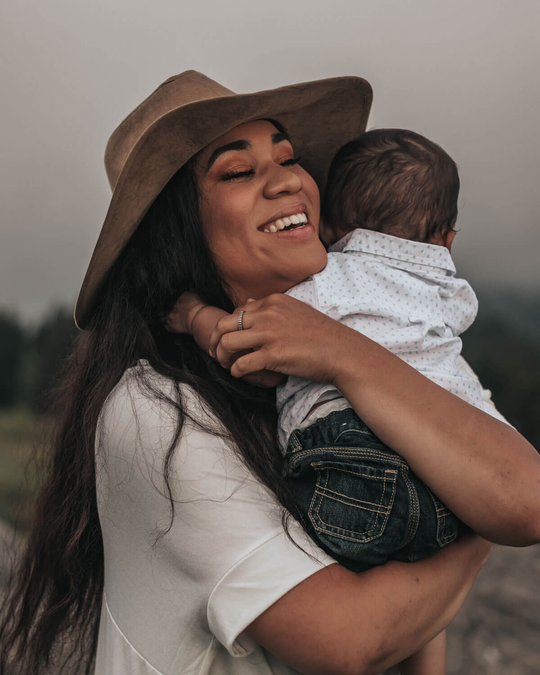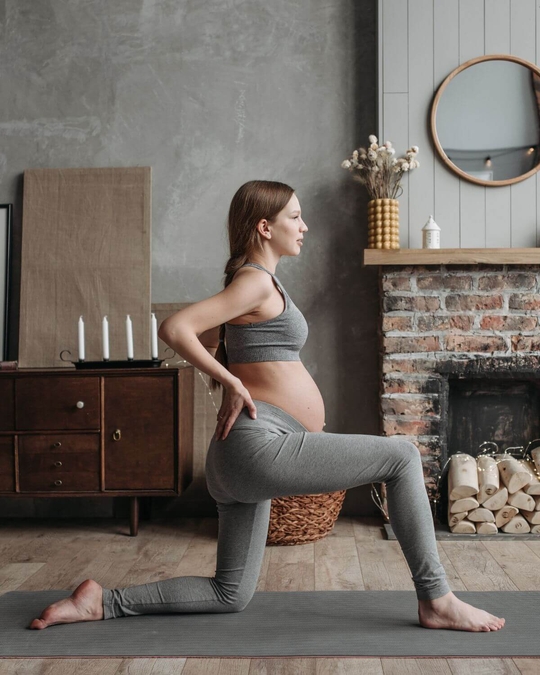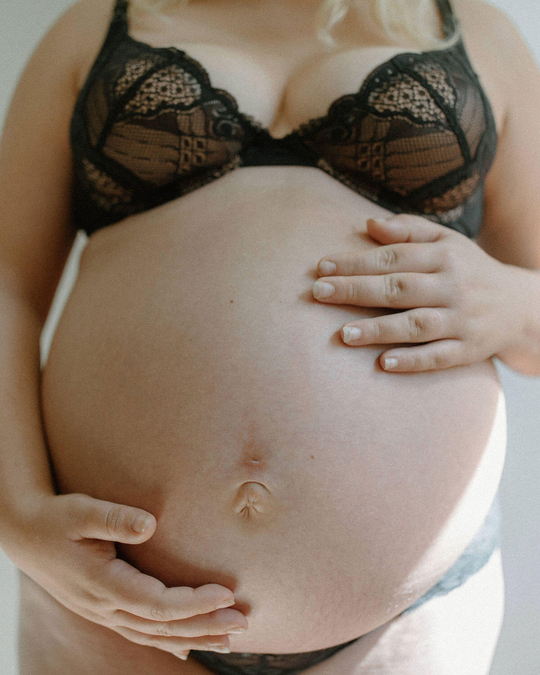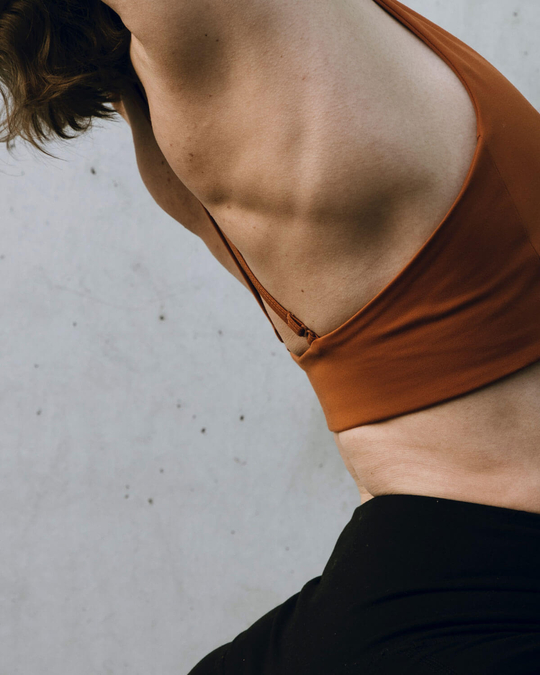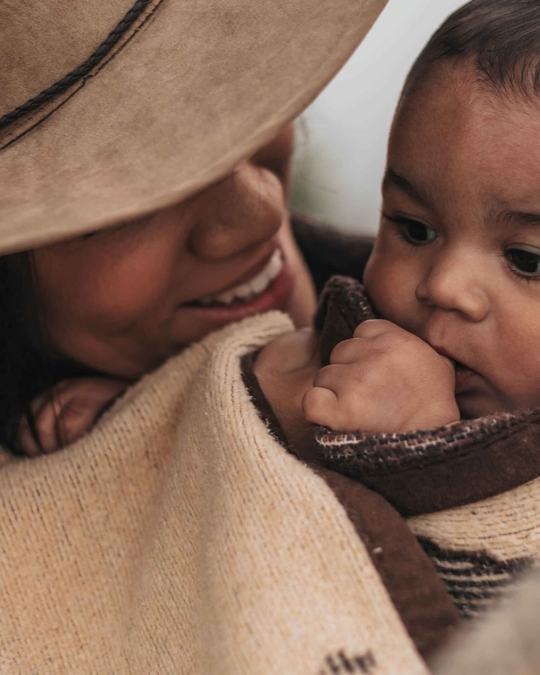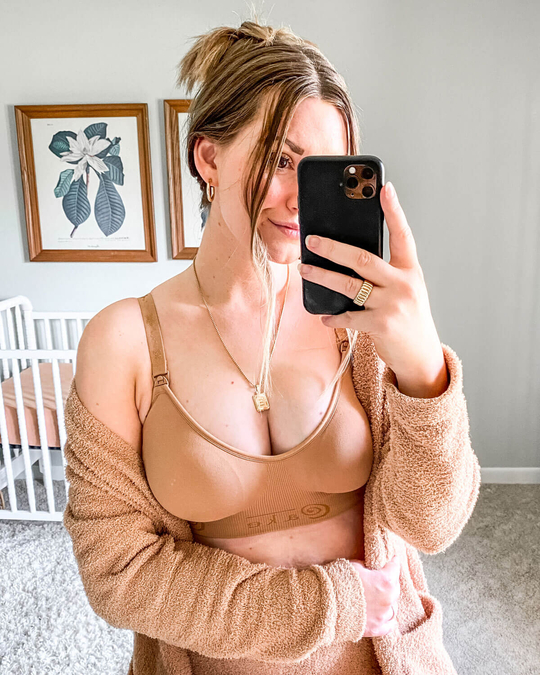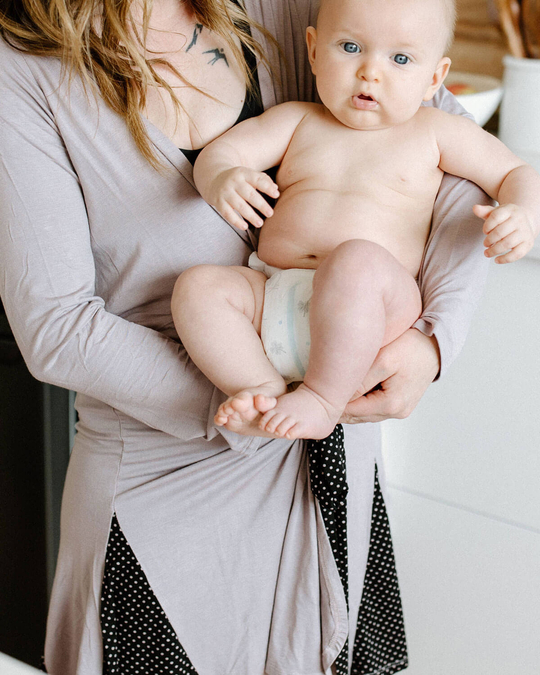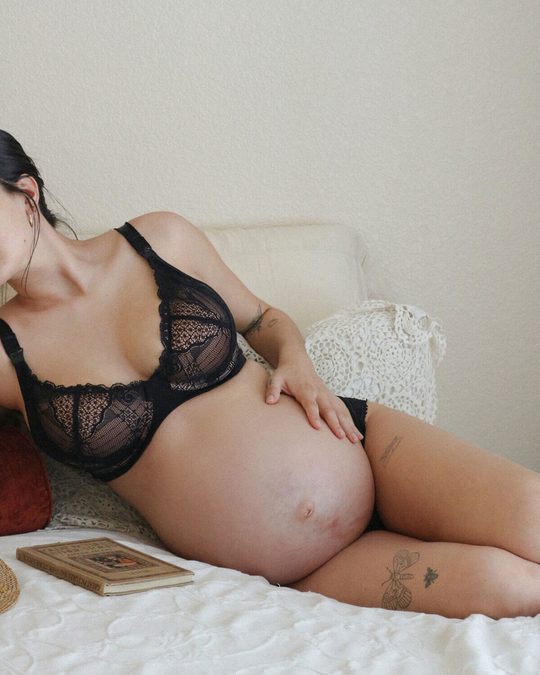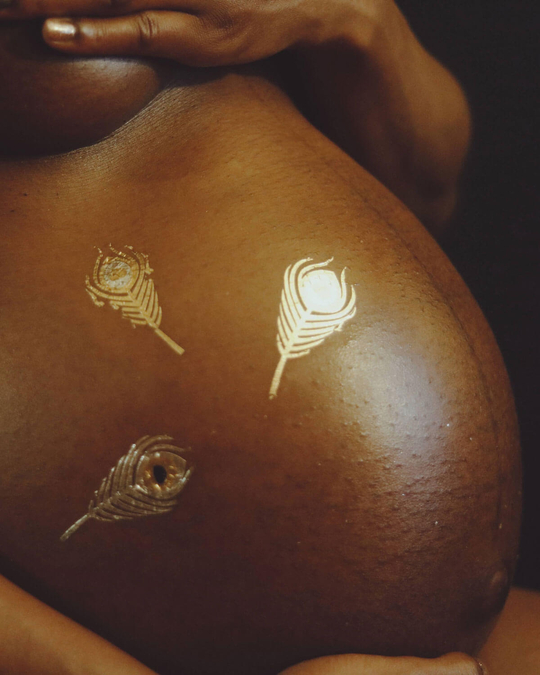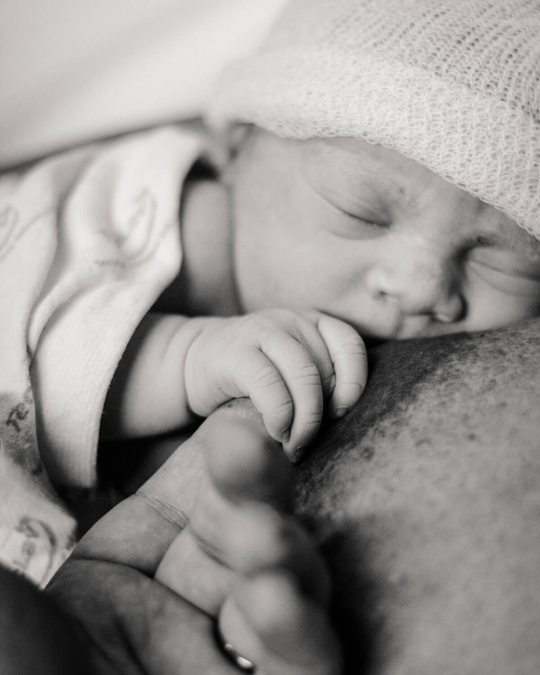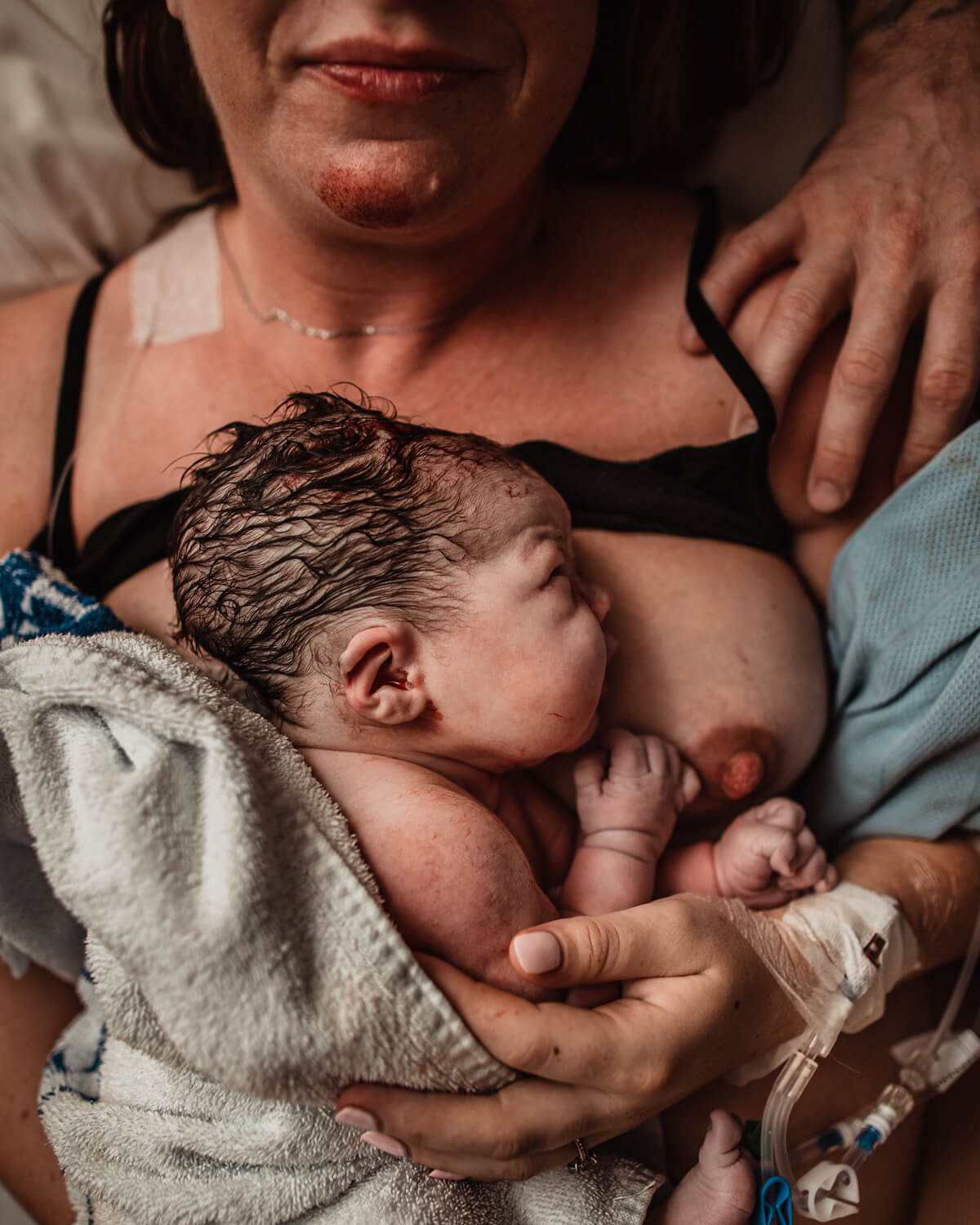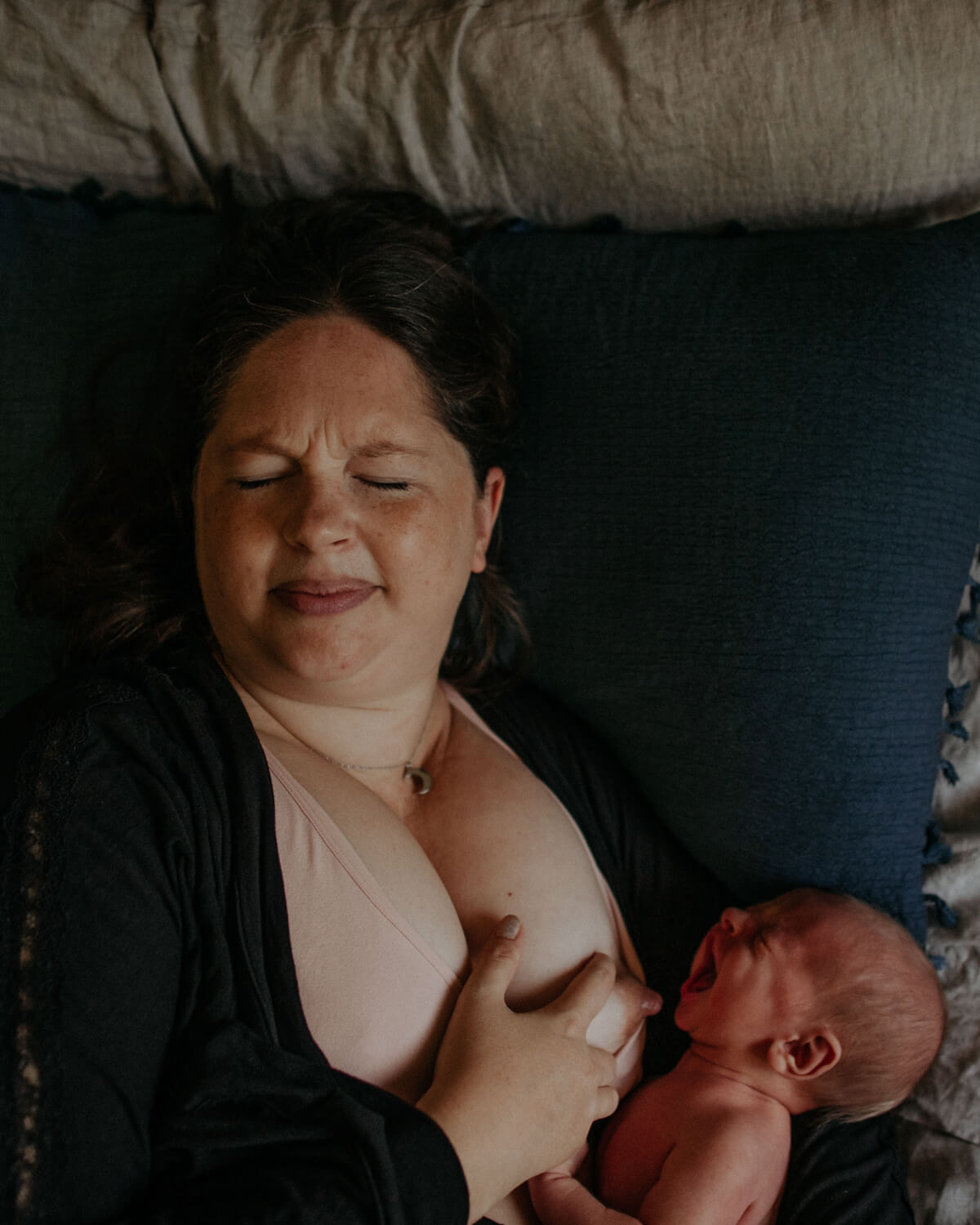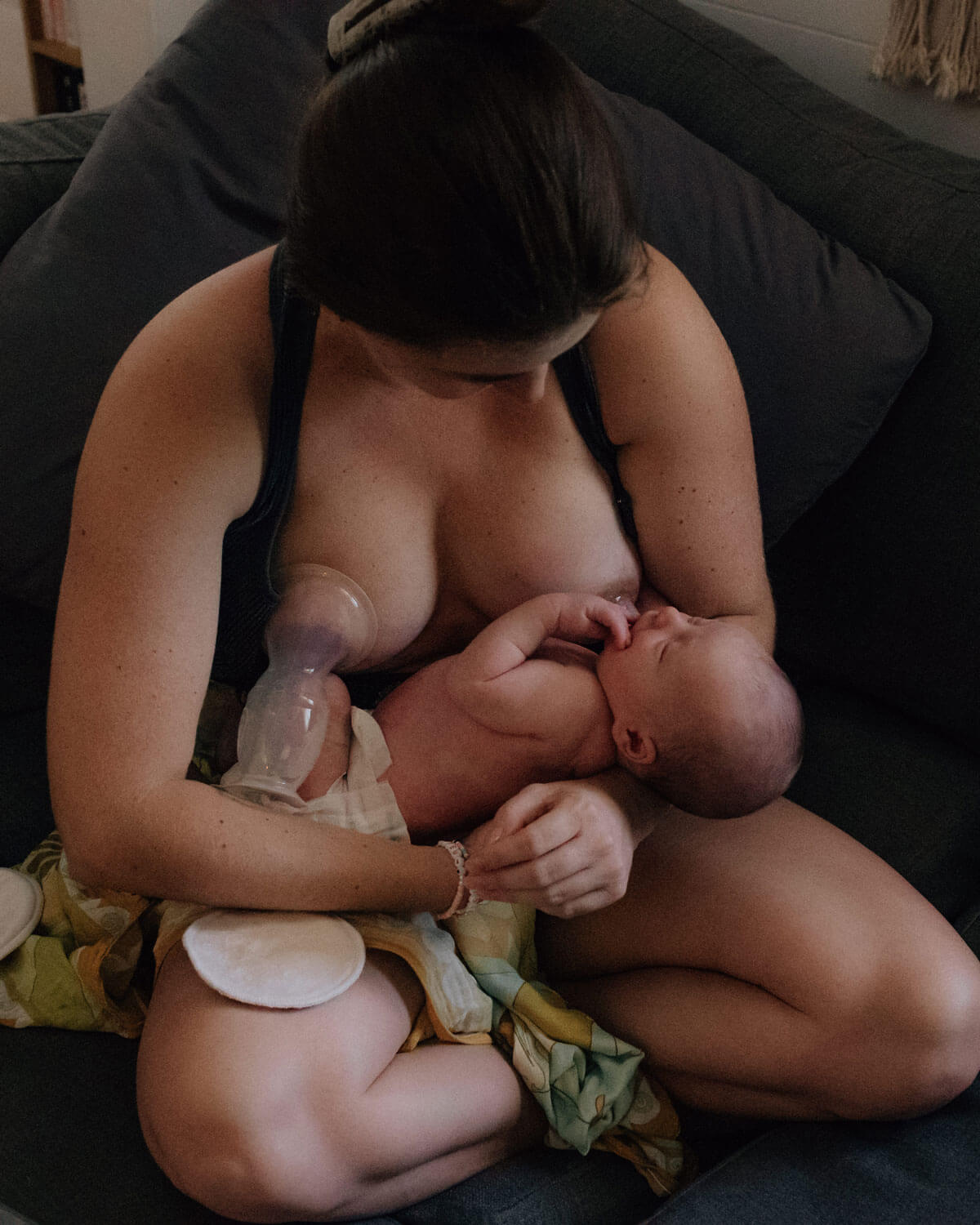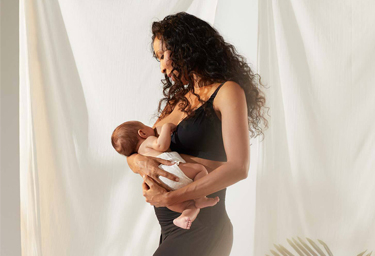Breastfeeding positions? Well yes, there is more than one– and sometimes you might feel like a human pretzel. In fact, there are many, and also countless undocumented positions (please share if you know any new ones). Regardless of the occasion, your baby’s age or your breast type, there are many different breastfeeding positions that would suit you and bub.
Breastfeeding can seem daunting at first. There’s a lot of information out there and it’s hard not to feel overwhelmed. There’s an overload of resources out there, but we’ve sifted through and summarised the essential information below, to help get you started and see you through your breastfeeding journey. We’ve got your back (and your front).
The Latch:
What is it? This is the general term used for when your baby attaches its mouth to your nipple/breast in order to suckle.
Why do it? If your baby is not suckling correctly, you could end up with very sore nipples and your baby may not be getting enough milk.
Where to do it? Anywhere and anytime.
When to do it? This is to be done at the first stage and it’s crucial to get it down pat to ensure your comfort and your baby’s success. Once done correctly, it becomes easy to get right, every single time.
How to latch:
- Get yourself comfortable and gather all the items you might need, such as water, pillow, book, phone etc.
- Hold your baby in your preferred breastfeeding position.
- When your baby is hungry and ready to feed, be ready (they may show this by opening their mouths, crying or clutching their hands).
- Bring your baby’s chin to below your areola.
- Their head should be tilted slightly back.
- Point your nipple towards the roof of your baby’s mouth.
- With the lever point being baby’s chin, move their mouth when wide open over your nipple.
- Make sure baby’s nose is tilted away from your breast – this needs to be kept clear so bub can breathe.
Please remember that this should not be painful. You will feel it, but it should not hurt at all. If it does, unlatch and try again.
Learn more: What I Wish I Knew About Breastfeeding
How to unlatch:
If bub has finished feeding, they may come away from your breast without assistance, but if you need to adjust the latch mid-feed, here’s how.
- Don’t pull your baby’s head away, as this can make them suckle harder and also hurt your breast.
- With a clean finger, pull a section of your breast towards you to break the seal.
- Tilt them away and voila!
Different positions for breastfeeding:
If you have any difficulty holding your baby while breastfeeding, here are a few basic breastfeeding positions to try so that you have more ‘tools in your toolbelt’, so to speak.
When you are in hospital just after you’ve had bub, there will be people there to feed you, poke you and hopefully help you along the way with your nursing.
Take advantage of this time to figure out what breastfeeding positions you like best and then you can use them whenever you need to.
1. The Cross Cradle:
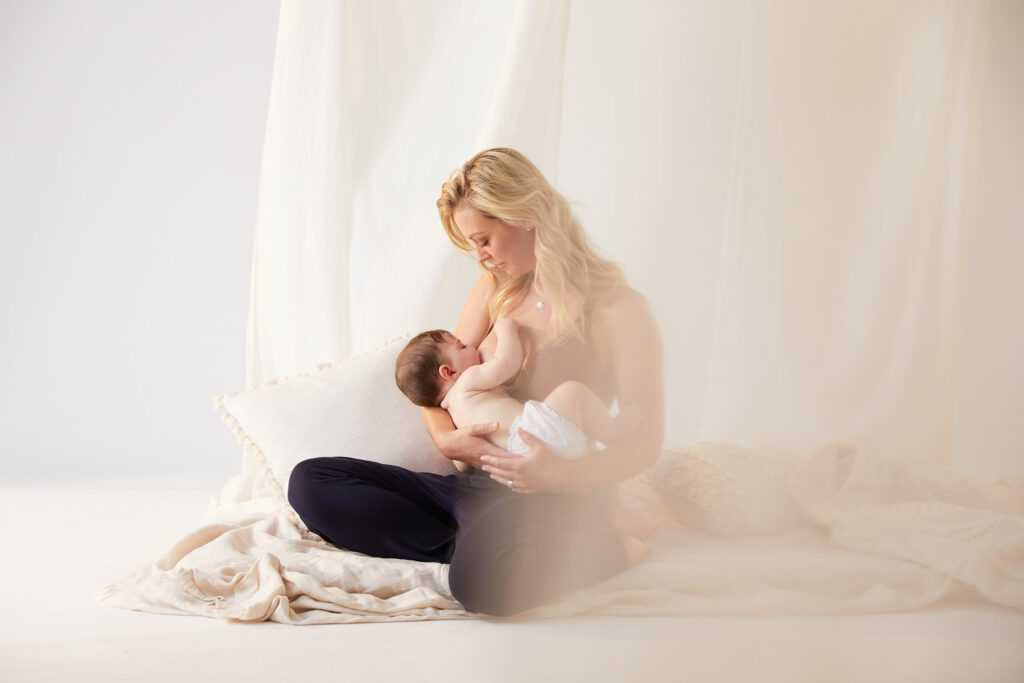
This is the standard go-to nursing position that most Lactation Consultants will start you on.
Method:
- Hold your baby on their side.
- Bring their body in close.
- Place your opposite arm underneath bub and cradle their body.
Hot Tip: Use your other hand to keep the head in place, or you can use a support pillow.
When to try:
- This is great for first timers, when you are in bed or on a chair.
- This one is also perfect for public places as you are able to cover up.
- Whether your child is super young or a bit older, this one is a winner.
2. The Cradle:
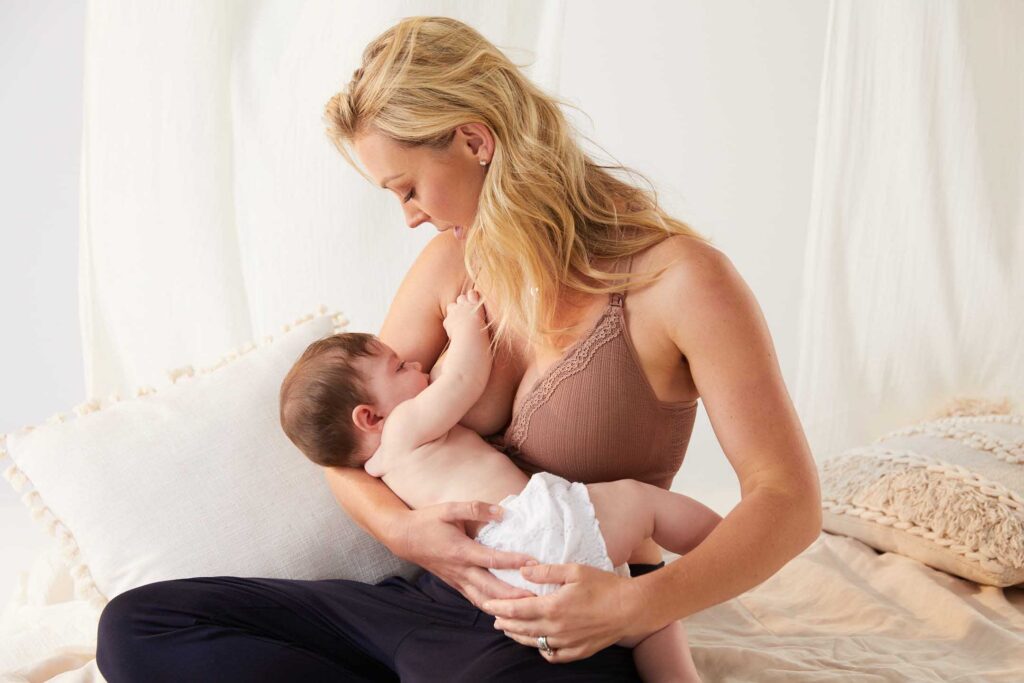
Method:
- The same as the cross cradle.
- The baby’s head can be supported by the crook of your arm.
Hot Tip: You now have a free hand that is able to reposition your breast, play with your baby’s skin (or your phone), or scratch that itch.
When to try:
This is great for established feeders, for quick feeds or for endurance feeds too (hello marathon).
3. The Football Clutch:
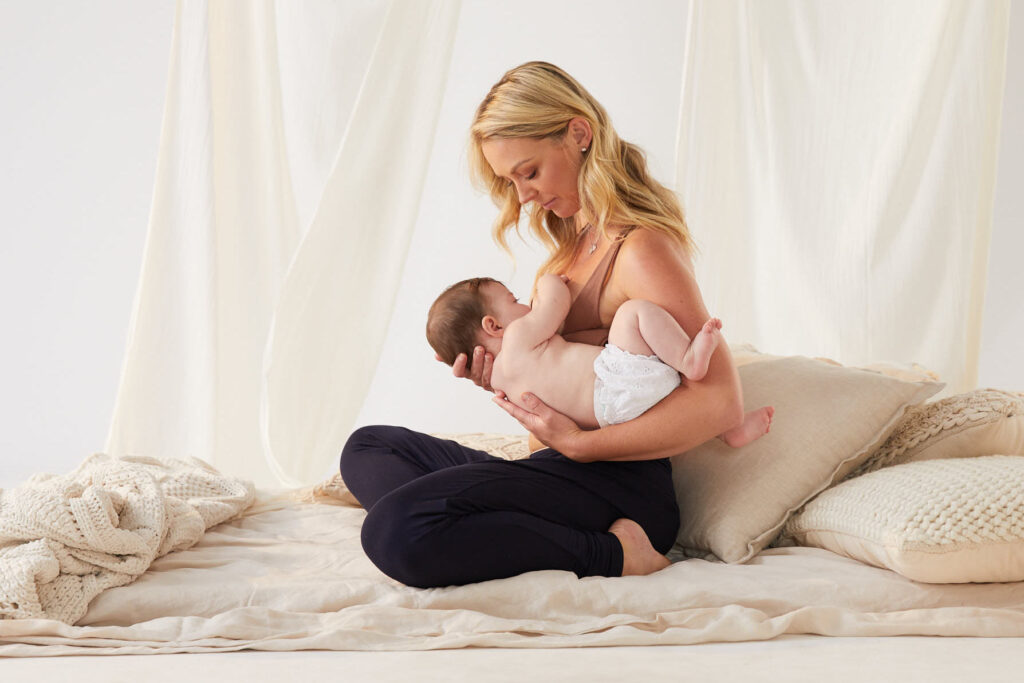
Method:
- Similar to the cradle as you are only using one arm.
- The baby’s body is not lying in front of yours but is more to the side and under your arm.
- Your right arm comes to the right breast.
Hot Tip: This can be used for when your baby is on their back or on their side.
When to try:
- This one is great for when you’re not in a chair or bed, but you are standing or on a stool.
- Your back doesn’t need to be supported, but it is good if it is.
- Also good for when you are feeding from under your top, rather than from above.
- Good for discretion or twin feeding.
- Great if your baby is a kicker too.
4. Side Lying:
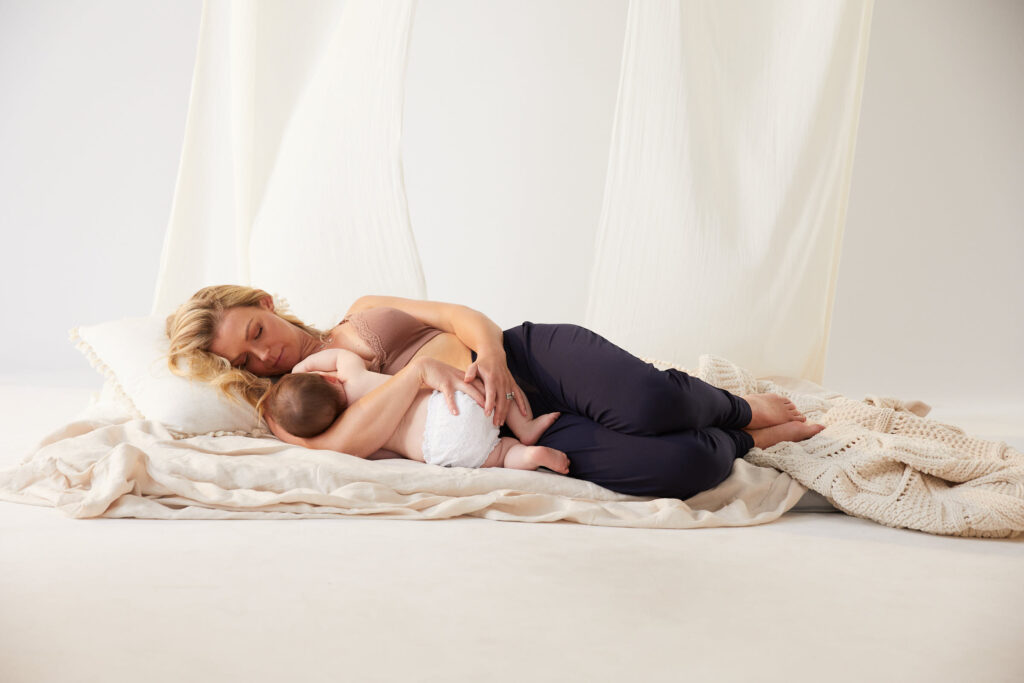
Method:
- Lie on your side and bring your baby in close to you.
- Position your baby on their side or their back.
- You can prop your head up on a pillow or on your arm.
- To stop your baby from rolling away from you or onto their back or front, you can use a pillow or your arm to keep still.
- Start by using the breast closest to the mattress and then either swap sides or maneuver your body and breast to enable bub to feed from the other side.
Hot Tip: Alternatively, you could bring your baby closer to your top breast by raising them on a pillow.
When to try:
- Great for night time feeds or if your arms are sore.
- Be careful in this position as many mums can fall asleep.
- If you are tired, make sure that your baby’s nose is not going to be obstructed if you doze off.
5. Downward:
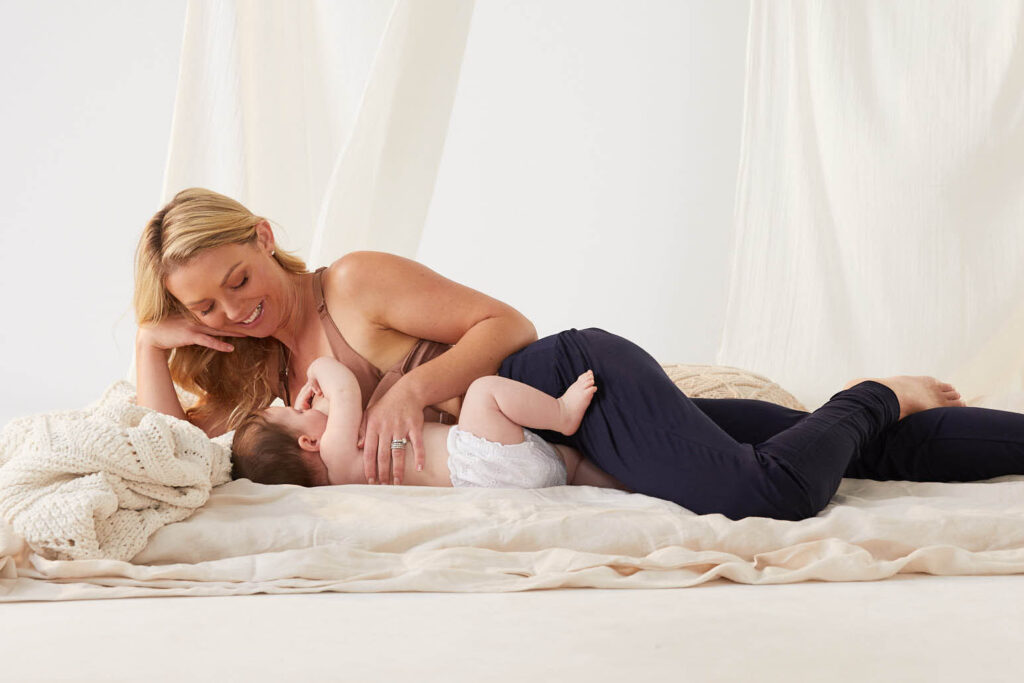
Method:
- Place your baby on their back.
- Lean over and bring your breast to them by allowing it to drop into their mouth.
Hot tip: You can be more comfortable if you prop yourself up on one arm, use a pillow or lie on your side.
When to try:
- This one’s great if your baby is already asleep and needs a feed.
- If you don’t want your baby to move.
- If you have larger breasts.
- If you have sore breasts.
- If you need a higher milk flow, this one’s a winner.
- Also can be used when your baby is in a capsule or pram (hello pilates mama).
6. Reclined:
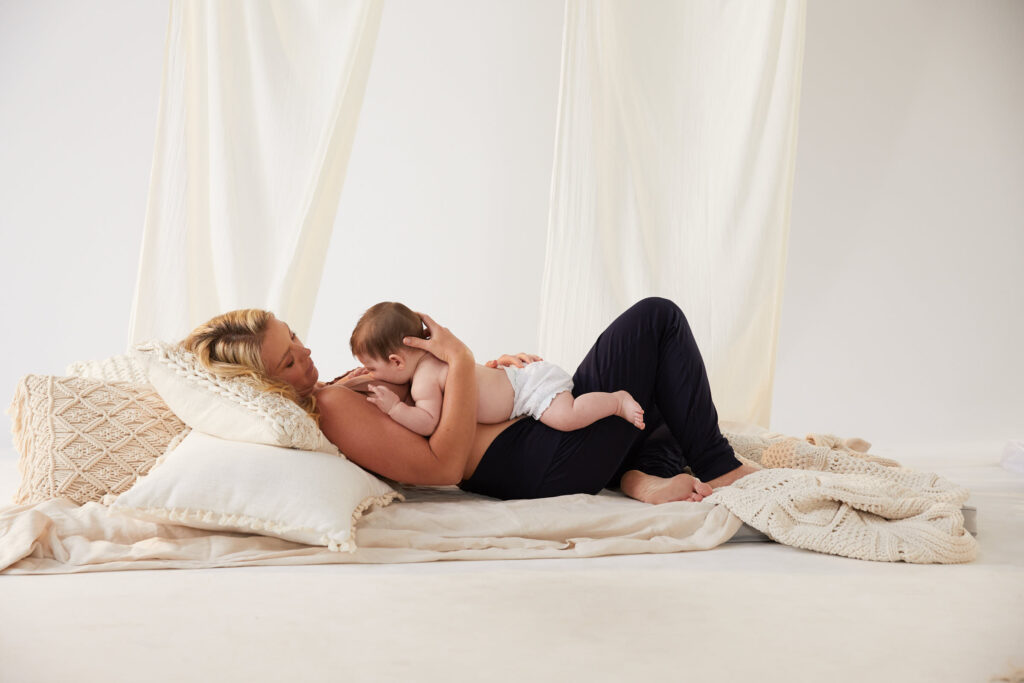
Method:
- Your baby is in line with your body.
- You can hold them under their arms, or depending on how big they are, prop them on your knee.
- You can be in bed or on a chair.
- Your hands can be free if desired (depending on the age of your baby).
Hot tip: You can start off in this position and then change to any of the others once you’re confident.
When to try:
- If your baby has difficulty burping then this one is great.
- If your baby is distracted easily or just wants a quick feed.
- Also great if you need to use both your hands.
7. Sitting:
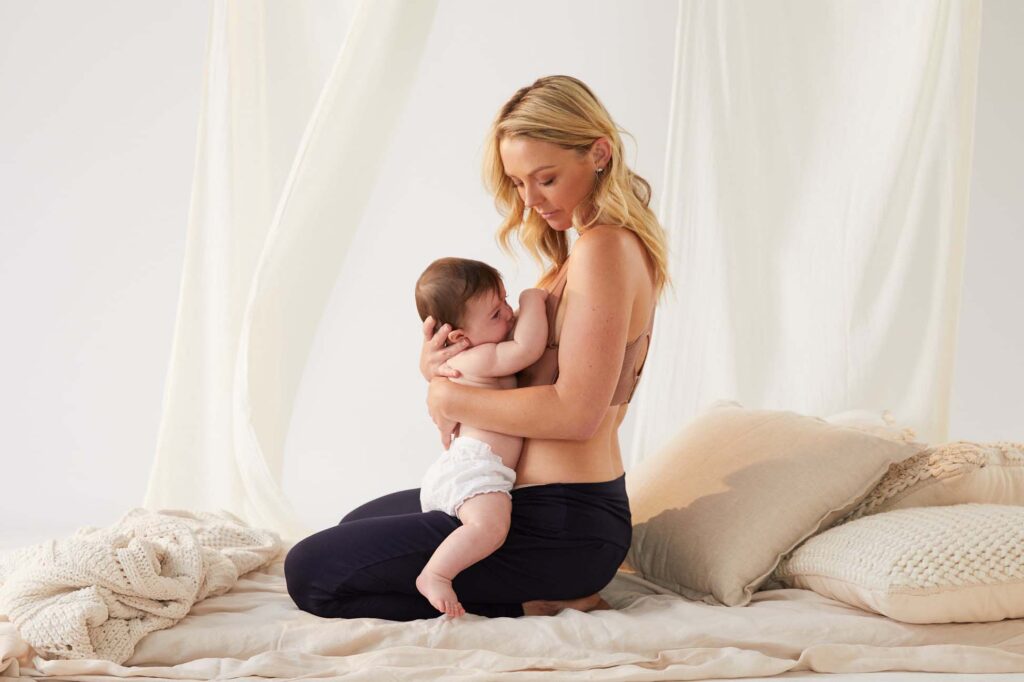
Method:
- Your baby is vertically upright and you are also upright.
- Your baby is in line with your body vertically
- You can be sitting upright or even standing.
Hot tip: Your baby can be sitting on your knee if they are big enough, or you can support their bottom and behind their head.
When to try:
- Great for babies with reflux or when they are in a child carrier.
- You may need to loosen the straps to adjust your baby’s height on your body.
- Also good for when you need both of your hands. (Welcome back to work!)
These are the basic positions and once you try and get the knack of them, I’m sure you will develop some of your own that you never even thought possible (if you do, please share!). Take the time to get to know your baby and what they like. Their size will change, as will their weight, your breasts and your biceps too. Each baby is different at each stage of their development.
What works for one feed may not work for another, so you may need to try something new. Each feeding session can be different, so it’s best to be ready to adapt at any stage, time, or moment through your breastfeeding journey.
Let us know which of these you’ve tried and whether or not they work for you. If you have any other breastfeeding positions or breastfeeding tips; please share them in the comments below.
Don’t miss: How to Master the Art of Breastfeeding
Like this post? Follow Cake Maternity on Facebook to get the latest updates!
—
Disclaimer: Cake does not provide medical advice, diagnosis, or treatment. Any information published on this website or by this brand is not intended as a substitute for medical advice, and you should not take any action before consulting with a healthcare professional.
LIKE WHAT YOU READ?
Join CakeMama Club & get 10% OFF your first order!
Plus you’ll get tips + tricks for pregnancy, postpartum & breastfeeding, get member-only offers, earn CakeCoins every time you shop + more. Learn more








